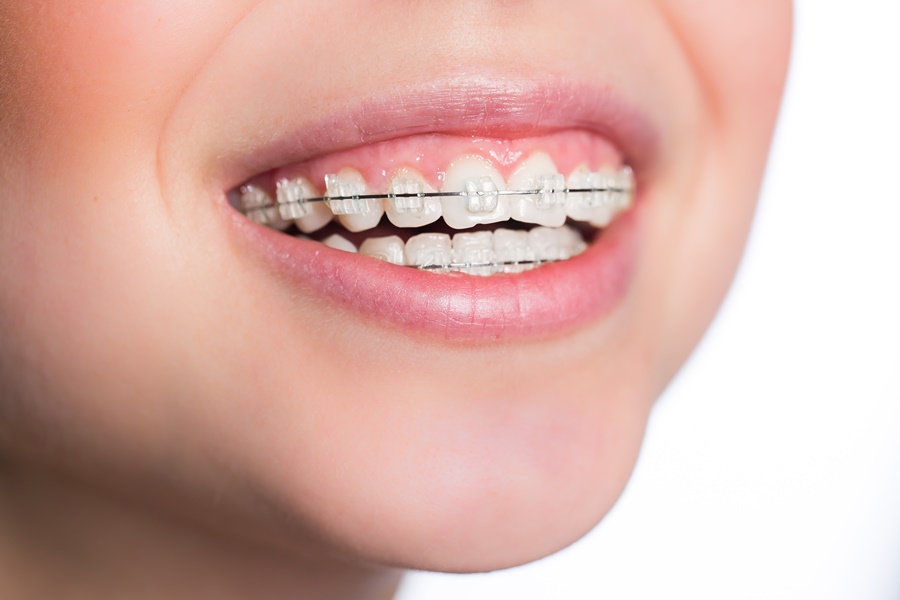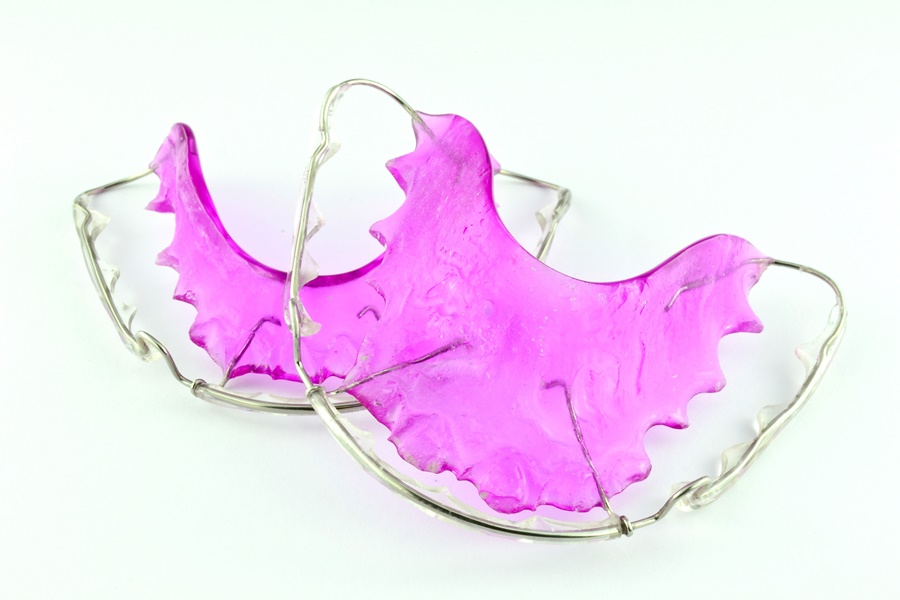Orthodontic Dentistry
Orthodontics is the branch of dentistry that specializes in the diagnosis, prevention and treatment of dental and facial irregularities. These includes treatment of different conditions:
- OverCrowding
- Deep overbite
- Open bite
- Overjet or upper protuding teeth
- Underbite or lower protuding jaw
- Crossbite
- Spaces in between teeth
Orthodontists requires professional skill in the design, application and control of corrective appliances, such as braces and retainers, to bring teeth, lips and jaws into proper alignment and to achieve facial balance.
The results of orthodontic treatment can be dramatic — beautiful smiles, improved dental health and an enhanced quality of life for many people of all ages. Outstanding results are also dependent on maximizing the coordination of care between you and our practice.


Orthodontic Treatment Types
Crowding
Teeth may be aligned poorly because the dental arch is small and/or the teeth are large. The bone and gums over the roots of extremely crowded teeth may become thin and recede as a result of severe crowding. Impacted teeth, poor biting relationships and undesirable appearance may all result from crowding.
Deep overbite
A deep overbite or deep bite occurs when the lower incisor (front) teeth bite too close or into the gum tissue behind the upper teeth. When the lower front teeth bite into the palate or gum tissue behind the upper front teeth, significant bone damage and discomfort can occur. A deep bite can also contribute to excessive wear of the incisor teeth.
Open bite
An open bite results when the upper and lower incisor teeth do not touch when biting down. This open space between the upper and lower front teeth causes all the chewing pressure to be placed on the back teeth. This excessive biting pressure and rubbing together of the back teeth makes chewing less efficient and may contribute to significant tooth wear.
Overjet
Overjet or or upper protruding teeth is where the upper front teeth protrudes beyond normal contact with the lower front teeth. An overjet are prone to injury, often indicate a poor bite of the back teeth, and may indicate an unevenness in jaw growth. Commonly, protruded upper teeth are associated with a lower jaw that is short in proportion to the upper jaw.
Underbite
About 3 to 5 percent of the population has a lower jaw that is to some degree longer than the upper jaw known as an underbite or lower jaw protrusion. This can cause the lower front teeth to protrude ahead of the upper front teeth creating a crossbite. Careful monitoring of jaw growth and tooth development is indicated for these patients.
Crossbite
The most common type of a crossbite is when the upper teeth bite inside the lower teeth (toward the tongue). Crossbites of both back teeth and front teeth are commonly corrected early due to biting and chewing difficulties.
Spacing
If teeth are missing or small, or the dental arch is very wide, space between the teeth can occur. The most common complaint from those with excessive space is poor appearance.

Clear Braces
The metal brackets on braces can now be done clear or colored, depending on the patient’s preference. Clear braces makes wearing braces less noticeable.

Metal Braces
Conventional metal braces are now smaller, more efficient and comfortable In recent years following many advances in orthodontic materials such as metal wires and brackets.

Lingual or Internal Braces
Lingual braces are attached to the inside or lingual side of the teeth which makes them completely non-visible. Lngual orthodontics particularly well-suited for adults whose professions keep them in the public eyes.

Invisalign
Invisalign uses a series of clear removable aligners to straighten your teeth without metal wires or brackets. This is an invisible way to straighten your teeth without braces

Retainers
A retainer is a custom-made, removable appliance that help teeth to maintain their new position after braces have been removed. Retainers can also be used to treat minor orthodontic problems
